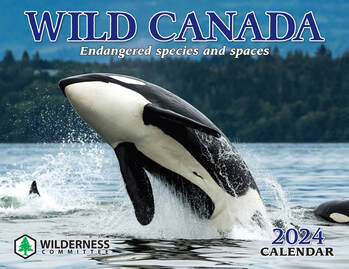|
I have been photographing and exploring the wilds of nature on & off Vancouver Island for close to 17 years. Like any genre within photography, wildlife photography has tips and tricks that are valuable for the getting the best possible images. Here are my top 10 tips for Wildlife Photography.
FUJI X-H2s, fuji 100-400mm f/5.6 at f/7.1, 1/3200, ISO 4000
Ducks in flight – 1/2500 to 1/3200 sec Bears walking through grass, etc. – 1/500 – 1/800 sec Whales breaching – 1/1600 – 1/2000 sec Nikon D5, Nikon 200-500mm f/5.6 at f/7.1, 1/1600, |
AuthorDavid Hutchison Photography, ArchivesCategories
All
|
Copyright © 2005-present David Hutchison
All photographs are the sole property of David Hutchison / Dave Hutchison Images / Dave Hutchison Photography and are held under copyright.
The images and contents of this website may not be copied, collected, or used for personal
or professional gain without express written permission from the photographer, David Hutchison.
All photographs are the sole property of David Hutchison / Dave Hutchison Images / Dave Hutchison Photography and are held under copyright.
The images and contents of this website may not be copied, collected, or used for personal
or professional gain without express written permission from the photographer, David Hutchison.

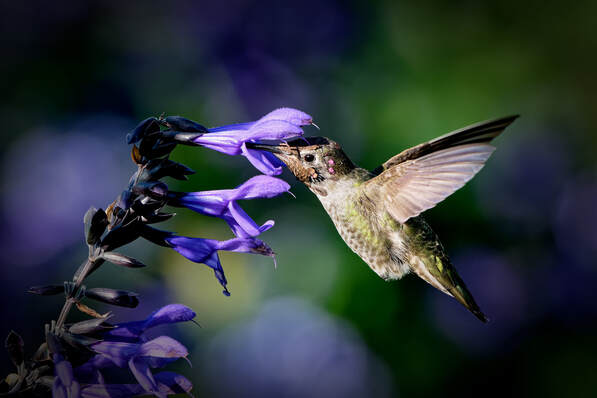
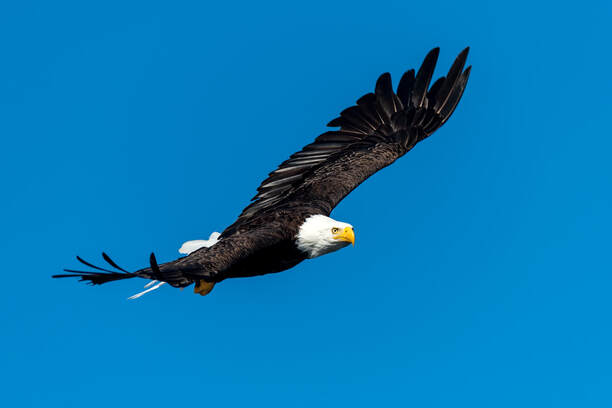
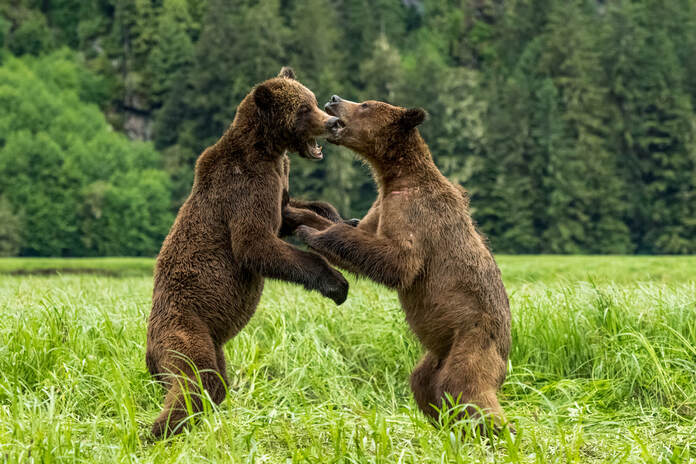
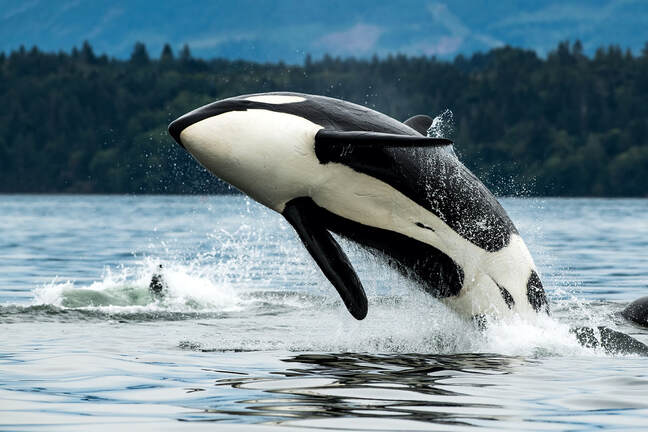
 RSS Feed
RSS Feed
